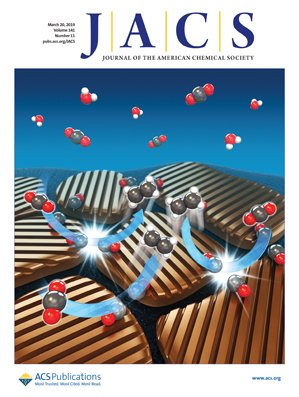|
Autores/as
Shu, X.; Zhang, Q.; Schepis, A.; Huang, H.; Yang, J.; Torra, J. ; Nonell, S. ; Nonell, S. ; Kornberg, t.; Coughlin, S. ; Kornberg, t.; Coughlin, S.
|
Abstract
A family of proteases called caspases mediate apoptosis signaling in animals. We report a GFP-based fluorogenic protease reporter, dubbed “FlipGFP”, by flipping a beta strand of the GFP. Upon protease activation and cleavage, the beta strand is restored, leading to reconstitution of the GFP and fluorescence. FlipGFP-based TEV protease reporter achieves 100-fold fluorescence change. A FlipGFP-based executioner caspase reporter visualized apoptosis in live zebrafish embryos with spatiotemporal resolution. FlipGFP also visualized apoptotic cells in the midgut of Drosophila. Thus, the FlipGFP-based caspase reporter will be useful for monitoring apoptosis during animal development and for designing reporters of proteases beyond caspases. The design strategy can be further applied to a red fluorescent protein for engineering a red fluorogenic protease reporter.
|

WoS
Scopus
Altmetrics
  
|
|
Publicación
Journal of the American Chemical Society, 2019, vol. 141, no. 11, p. 4526-4530
|
